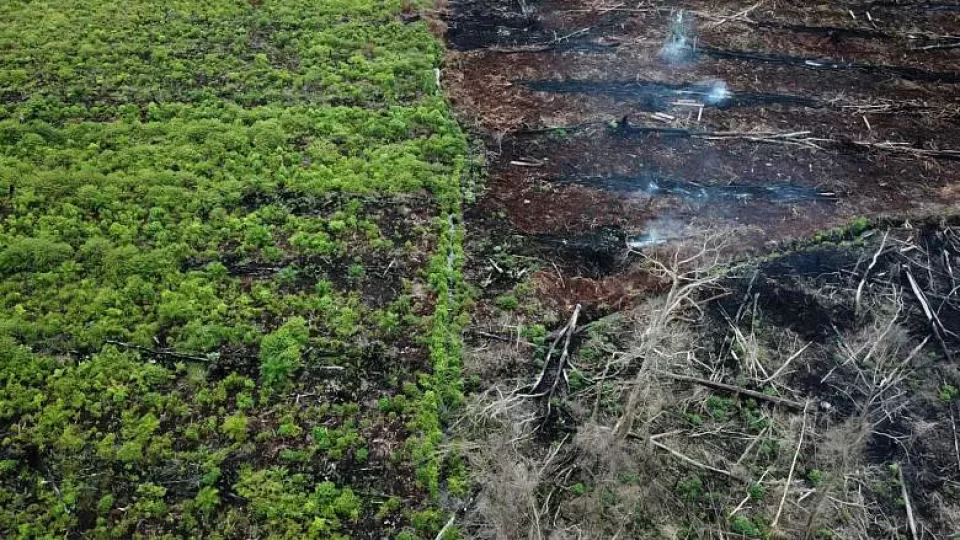September 20, 2022
JAKARTA – Whether the new US$1-billion deal agreed upon last week between Indonesia and Norway amounts to a major breakthrough in our efforts to reduce carbon emissions from deforestation and forest degradation remains to be seen.
The deal comes a year after Indonesia terminated a similar agreement, which the government said stemmed from Norway’s lack of recognition of Indonesia’s achievements in fighting climate change.
In September last year the Foreign Ministry cited “the lack of concrete progress on the implementation of the obligation of the government of Norway” after Indonesia met its commitment to cut greenhouse-gas emissions by 11.2 million tonnes of carbon-dioxide equivalent in the 2016-2017 period.
The idea behind the new deal — and the one broken off previously — is for Indonesia to be able to preserve its tropical rainforest, which constitutes the third-largest on Earth.
The largest and second-largest spans are in Brazil and the Democratic Republic of Congo, respectively. Large amounts of CO2 are emitted into the atmosphere when these rainforests are degraded.
Indonesia has the ambitious goal of becoming a net-carbon sink, storing more carbon than it releases by 2030. In 2016, Indonesia committed to reducing greenhouse emissions by 29 percent from the business-as-usual scenario in 2030 using its own resources and with international support, the target could be increased to 41 percent.
To put the one-billion deal into perspective, by Indonesia’s own estimate in 2018, the country needs more than $20 billion a year to achieve the 2030 emissions-reduction target.
According to the Finance Ministry, between 2016 and 2020, the government allocated $33.9 billion, or about $2.4 billion annually, for actions to combat climate change. The ministry concedes that at such a rate, the government spending on climate change is well below the amount needed to meet its 2030 target.
The bottom line is Indonesia aims high but it cannot reach those heights without help from others, including Norway.
Needless to say, the country’s decreasing rate of deforestation in the past few years deserves credit. The deforestation level hit a historic low in 2020, with the government reporting a loss of 115,459 hectares of forest cover in 2020, which equals the size of Los Angeles, California, the United States. It is also a 75 percent drop from 2019, and almost 90 percent below 1.09 million hectares in 2015.
Despite the efforts, an international team of researchers have ranked Indonesia among four countries largely to blame for tropical-forest loss due to industrial mining. Together, Indonesia, Brazil, Ghana and Suriname accounted for roughly 80 percent of deforestation caused by large-scale mining operations from 2000 to 2019, according to a study published last week.
Activists therefore have bemoaned Indonesia’s lack of commitment as it appeared content with slowing deforestation instead of stopping it once and for all.
We stand to recognize the government’s actions to protect our remaining forests and take part in the global efforts to reach net zero. However, policies that facilitate forest conversion in the name of investment, hence deforestation, as in the case of the Job Creation Law, only send a message of inconsistency that should be questioned, if not called out.


